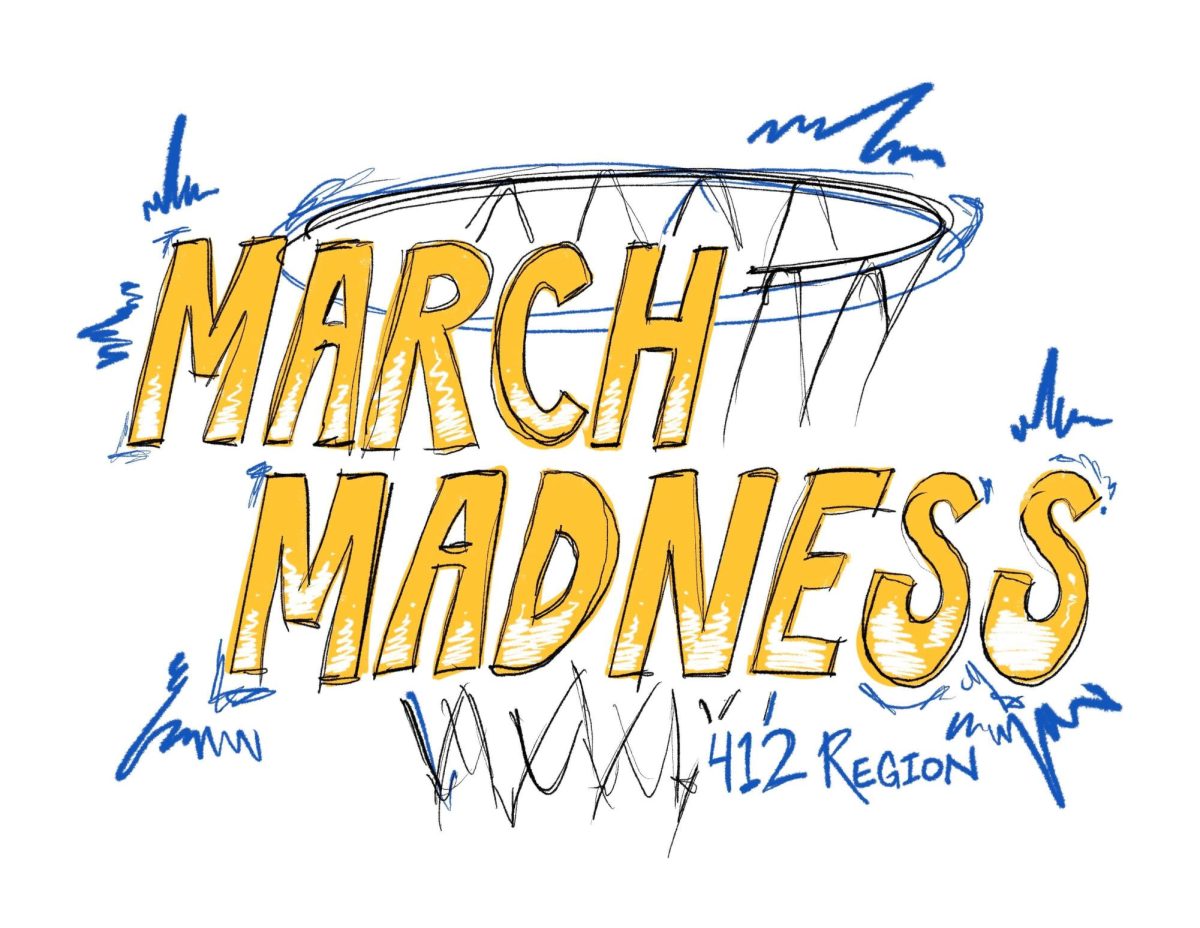Kozlowski: Practical considerations for pot
October 17, 2010
Movies that entertain are great. Moralizing movies that entertain are even better. “Reefer Madness” is a 1938 classic featuring a bunch of high schoolers who turn from wholesome, healthy, normal activities like playing tennis and smoking cigarettes to “marihuana,” a drug that apparently acts like LSD and PCP and uppers all at the same time. A high school principal, who looks and sounds an awful lot like Woodrow Wilson, narrates and at the end of the film dramatically warns parents that if kids smoke pot, they’re all going to have the same sorry fate as the characters in the film. They will either get murdered, commit manslaughter, throw themselves out a window or be committed for life as criminally insane. The film ends before the principal asks us to support the League of Nations.
In last week’s column, I argued that marijuana should be legalized on philosophical grounds. Of course, this didn’t cover practical considerations for legalization. So this week, we move away from the highfalutin Federalism-Freedom-and-Futility arguments and consider the more mundane.
The war on drugs curtails the supply of drugs available, as the only suppliers are those willing to break the law. This makes drug prices very high, resulting in a tremendous profit to be made. This creates a big incentive to protect drug-selling territory and trafficking routes. With the amount of money there is to be made off drugs, the protection of these routes is very well funded. NPR estimates that marijuana and cocaine are the two biggest sources of revenue for Mexican cartels, with marijuana preferred because the groups that deal in this drug don’t have to share their profits with the Colombian cartels who supply the cocaine. And because the merchandise the cartels are selling is already illegal, there is no reason to resort to legal means to protect territory and routes. The drug war therefore creates a very motivated, well-armed, well-organized set of criminal gangs now fighting a real war against the Mexican government.
Remove the illegality at the federal level, allow the importation of pot, and competition can enter the marketplace. More firms will enter the previously restricted market seeking a profit. Cartels will then have to compete with American commercial farmers. This will cause the price of pot, as well as profits from its sale, to plummet. Suddenly, cartels trafficking marijuana don’t have money to spend on guns. Suddenly, they don’t need to protect the routes because the government does that for them. And suddenly those selling marijuana have an image to protect. Killing people is bad for business. This helps explain why Border Patrol and the Mexican Army aren’t fighting running battles against importers of Corona and Dos Equis.
Violence in the United States would decrease as well, as drug-dealing gangs wouldn’t have to fight over territory. Furthermore, standard business practices would change with legalization. Nowadays, if a drug dealer sells you oregano instead of pot, you can’t exactly phone up the FDA or Ralph Nader to complain. Similarly, a drug dealer can’t quite sue for breach of contract. So, without recourse to the law, what do you do when someone acts unethically? You break the guy’s kneecaps.
Legalizing marijuana would have positive fiscal consequences as well, as the drug could be regulated and taxed. A high sales tax would allow the government to make money off an activity that people engage in anyway. The sales tax would also discourage use, much as it has with cigarettes, without causing the huge problems of violence and smuggling.
Some argue that the government’s tax revenue would be minimal, because people would be free to grow their own hemp. My rejoinder to this claim is: People are free to grow tomatoes, yet Giant Eagle still sells them. Growing marijuana of suitable potency is not easy in some parts of the country,; and one way that marijuana growers currently get busted is by running up the huge electric bills required for grow lamps. Even if the government doesn’t gross one dollar on a marijuana sales tax, doesn’t it still save the cost of finding, arresting and incarcerating those who possess or grow weed?
Finally, there is the argument that legalizing marijuana will lead to higher rates of use. But when 42 percent of high school seniors admitted having tried marijuana at some point in their lives in 2007, how much higher can the rates of marijuana use really climb? It is also worth noting that the percentage of seniors reporting marijuana use has declined from 60.3 percent in 1980, despite the fact that marijuana was just as illegal then as it is now. This suggests that other factors not tied to the drug’s illegality are making marijuana use less prevalent among America’s youth.
Finally, we can consider the close parallels between the Prohibition and the illegality of marijuana. Prohibition sparked a wave of gang violence. There was also trouble along the border: the northern border. Detroit became a shooting gallery as gangs smuggled Canadian alcohol over the Detroit River. Chicago, as a major transshipment point for alcohol, had many legendary gangsters, such as Al Capone — prototype for just about every single fictional mob boss from 1931’s “Little Caesar” to Tony Soprano — and George “Bugs” Moran, who popularized the drive-by shooting. What happened after Prohibition was repealed? Did we become a nation of staggering drunkards? No. And what of these terrifying gangsters? Moran died broke and in prison, jailed for robbing banks to make ends meet. Capone died a penniless, raving lunatic.
With such similar stories, we’re likely to see the same ending.
The next person to write kozthought@gmail.com could be you, or you, or YOU!


